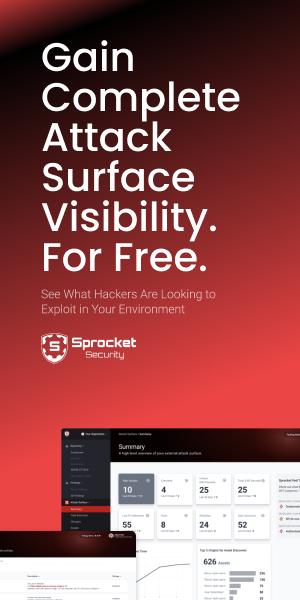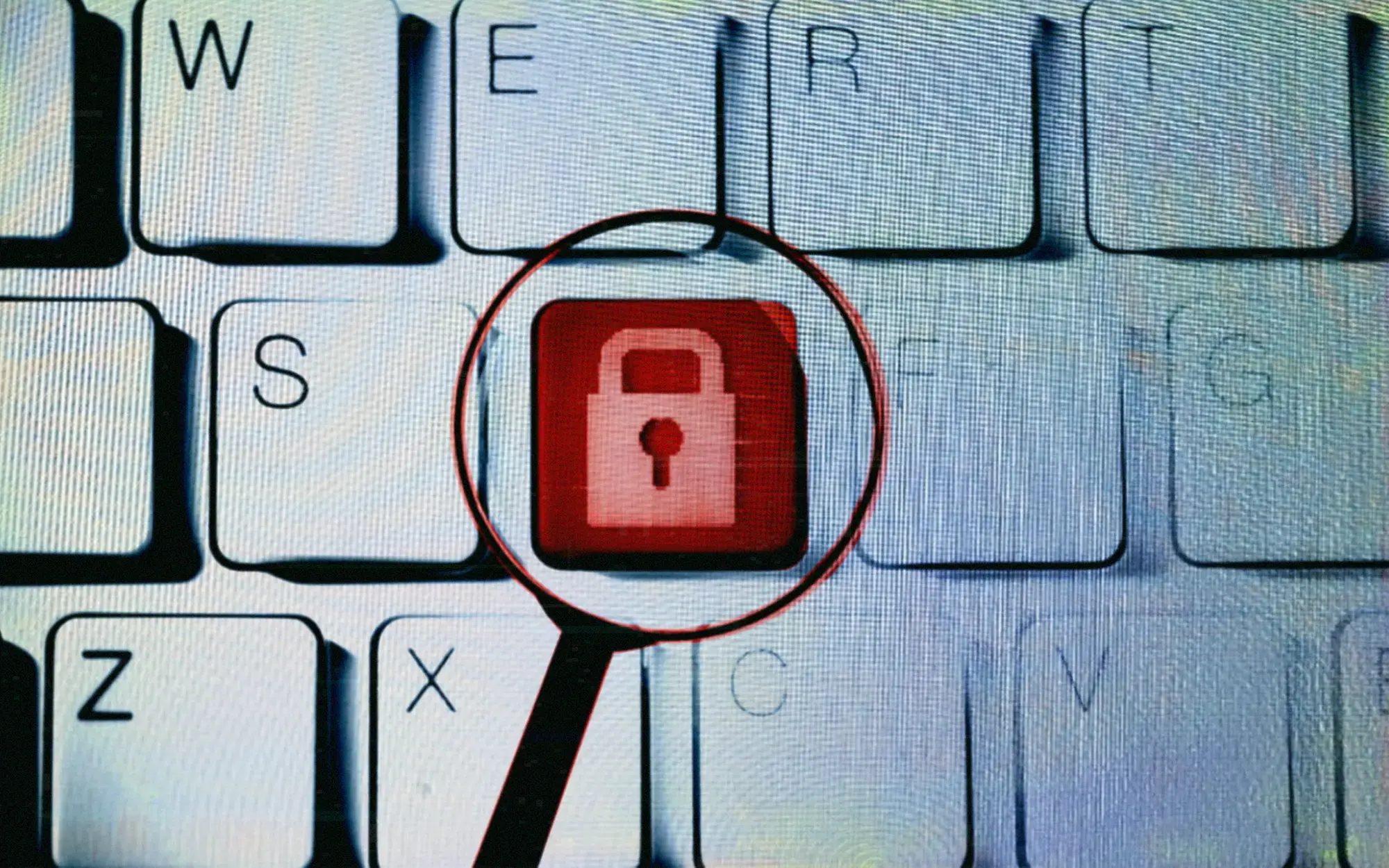What Is Attack Surface Monitoring?
Attack surface monitoring systematically examines and evaluates potential entry points for cyber threats in a system or network. This process aims to identify and address vulnerabilities that could be exploited by malicious actors.
By continuously scanning and analyzing open ports, services, software systems, and other possible attack vectors, organizations can better understand their security posture. It helps to prioritize risk mitigation efforts and deploy defenses more effectively.
Attack surface monitoring tools collect and analyze data on network configurations, user access levels, and software versions. This information forms the basis for crafting responses to threats. It is an ongoing process that adapts to new IT assets, software updates, and emerging threats.
Components of an Attack Surface
Known Assets
Known assets are those that an organization is aware of and actively manages within its security framework. These include officially sanctioned hardware and software, user accounts, and network devices. The management of known assets involves regular updates, patches, and access control measures to ensure they do not become entry points for attackers. Continuous monitoring of these assets helps in identifying any changes that could introduce vulnerabilities.
Maintaining an accurate inventory of known assets is crucial for attack surface monitoring. It requires up-to-date documentation and regular assessments to ensure no assets are overlooked. Tools that track changes across known assets help detect unauthorized modifications, which may indicate the presence of intrusions or insider threats.
Unknown Assets
Unknown assets are those that exist without the organization’s knowledge, often due to poor documentation or shadow IT activities. These can include unauthorized applications, unmanaged endpoints, or legacy systems that were not properly decommissioned. The presence of unknown assets can increase the attack surface significantly as they often lack adequate security controls and monitoring.
Detecting unknown assets typically involves network scanning and endpoint discovery tools designed to uncover all entities communicating within the network. Once identified, these assets need to be assessed for vulnerabilities and brought under management. Incorporating processes to discover and monitor unknown assets helps reduce the attack surface.
Rogue Assets
Rogue assets refer to devices and systems connected to a network without authorization, typically unknown to IT departments. These can be personal devices or unauthorized IoT devices brought into the workspace. They pose a significant risk as they often bypass security policies, leaving networks exposed to threats.
Mitigating risks from rogue assets requires ongoing vigilance and monitoring tools capable of detecting unauthorized connections in real-time. Network access control (NAC) solutions can help by monitoring and regulating which devices can access the network.
Core Functions of Attack Surface Monitoring
Discovery
Discovery is the process of identifying all assets within a network, including hardware, software, and network components. This step is critical for understanding the full scope of an organization’s attack surface. Automated discovery tools help in mapping out known and unknown assets, providing a comprehensive view for further security analysis.
Implementing continuous discovery ensures that changes in the network configuration, asset additions, or deletions are promptly captured. This ongoing process helps in maintaining an updated inventory of assets, reducing the likelihood of blind spots that could lead to security breaches.
Mapping
Mapping involves creating a detailed representation of the relationships between assets and their interactions within a system. It shows data flow, connectivity, and dependencies, offering insights into how vulnerabilities might be exploited. Accurate mapping is crucial for visualizing network architecture and understanding potential impact zones in a cyber attack scenario.
Mapping provides the basis for vulnerability assessment and threat modeling. It helps teams anticipate potential attack paths and adapt defenses accordingly. Continuous mapping allows organizations to detect deviations from the norm that could signify a security incident or misconfiguration.
Contextualization
Contextualization involves enriching discovered asset data with additional information, such as usage patterns, business impact, and vulnerability status. This process adds depth to asset inventory, making it easier to prioritize security efforts based on contextual risk. Without context, raw data can be overwhelming and less actionable.
This function allows security teams to focus on high-risk assets that require immediate attention rather than treating all assets equally. By understanding the context in which each asset operates, organizations can develop targeted security protocols and improve the accuracy of threat detection algorithms.
Prioritization
Prioritization systematically ranks vulnerabilities and risks within the organization based on their potential impact. This function allows security teams to focus resources and remediation efforts where they are most needed, rather than spreading efforts thinly across all assets. Effective prioritization is driven by threat intelligence, asset value, and exploitability of vulnerabilities.
By implementing a prioritization strategy, organizations can simplify remediation processes, addressing critical security gaps before they are exploited. This approach reduces the potential for significant breaches and aligns security activities with business goals.
Remediation
Remediation is the process of addressing found vulnerabilities and threats to mitigate risk. This involves patching software, updating systems, altering configurations, and sometimes replacing outdated assets. Efficient remediation is crucial for reducing the attack surface and improving the organization’s defensive capabilities.
Implementing a structured remediation process helps in systematically addressing vulnerabilities and ensuring that corrective measures are applied swiftly and effectively. Continuous monitoring and assessment feedback loops are vital for refining remediation strategies, adapting to new threats, and maximizing the impact of mitigation efforts.

- Leverage external attack surface management (EASM) tools
- Implement honeypots to detect active threats
- Correlate attack surface data with threat intelligence
- Focus on attack surface reduction during M&A activities
- Develop a policy for ephemeral assets
Many organizations focus only on internal assets, but an external perspective is critical. Use EASM tools to identify exposed assets such as abandoned cloud resources, old domains, or misconfigured external services. These tools can provide insight into what adversaries see when probing the organization.
Deploy low-interaction honeypots within the network as decoys to monitor for malicious activity. These can act as an early warning system and provide insights into potential attack methods and patterns being used against the infrastructure.
Combine attack surface monitoring outputs with real-time threat intelligence feeds. This allows you to assess which vulnerabilities or misconfigurations are actively being targeted by known threat actors, enabling more precise prioritization.
Mergers and acquisitions are prime opportunities for attackers to exploit unmonitored assets. Integrate attack surface monitoring as part of the M&A due diligence process to identify inherited shadow IT, legacy systems, or misaligned security configurations before integration.
Modern cloud-native environments frequently use ephemeral assets such as containers, serverless functions, or temporary instances. Ensure monitoring tools and processes account for these short-lived assets by integrating them with the CI/CD pipeline and tagging them for traceability.
Challenges in Attack Surface Monitoring
Rapid Technological Changes
Rapid technological advancements continually reshape attack surfaces, introducing new challenges for monitoring and defense. Emerging technologies and platforms increase the complexity of networks and systems, demanding constant adaptation of security strategies. As organizations adopt cloud computing, IoT, and mobile technologies, the attack surface expands, making conventional security measures inadequate.
Shadow IT
Shadow IT refers to unauthorized applications or devices used within an organization, bypassing official cybersecurity protocols. These unsanctioned assets can significantly increase an organization’s attack surface, leaving it vulnerable to data breaches and other security incidents.
IoT and Mobile Devices
The proliferation of IoT devices and mobile technology presents unique challenges in attack surface monitoring. IoT devices typically have limited security features, making them susceptible to attacks. Mobile devices, with their varying operating systems and applications, further complicate the monitoring landscape.
5 Best Practices for Effective Attack Surface Monitoring
Here are some of the ways that organizations can ensure thorough monitoring of their attack surface.
1. Maintain an Accurate Asset Inventory
Keeping an accurate and comprehensive asset inventory enables organizations to have a clear understanding of what assets are present, their configurations, and their vulnerabilities. This insight is critical for assessing risk levels and prioritizing security efforts appropriately. Regular updates and audits ensure that all changes within the environment are accounted for.
An effective asset management system should integrate with discovery and monitoring tools to ensure real-time updates and comprehensive oversight. Strategies like tagging assets based on criticality and usage can assist in quicker identification during audits.
2. Implement Continuous Monitoring
Continuous monitoring of the attack surface is vital to identify and address vulnerabilities in real-time. Unlike periodic reviews, continuous monitoring ensures that any deviation from normal patterns is quickly detected, allowing for immediate response.
Automated monitoring tools are essential for managing complex and dynamic environments effectively. These tools detect potential threats and provide actionable insights, helping organizations to react swiftly. Integration with security information and event management (SIEM) systems can improve situational awareness and enable faster incident response by correlating data across various sources.
3. Prioritize Vulnerabilities Based on Risk
Prioritizing vulnerabilities according to risk is crucial for effective security management. Not all vulnerabilities pose the same threat level; hence, focusing resources on those most likely to be exploited can significantly improve security posture. Risk factors include exploitability, the criticality of the affected system, and potential impact on business operations.
Utilizing risk assessments and vulnerability scoring systems helps in ranking vulnerabilities effectively. Regularly updating these assessments ensures that priority aligns with the latest threat intelligence. By focusing remediation efforts on high-risk vulnerabilities, organizations can better protect critical assets and reduce the likelihood of successful attacks, optimizing their security resource allocation.
4. Automate Where Possible
Automation is a key strategy in managing the complexity of attack surface monitoring. By automating routine processes such as asset discovery, vulnerability scanning, and data analysis, organizations can free up human resources for more strategic tasks. Automation can significantly reduce response times, enabling faster identification and remediation of threats.
Leveraging AI and machine learning improves automation capabilities, providing predictive insights and adaptive responses to evolving threats. This improves efficiency and increases the accuracy of threat detection. Automation fosters a proactive security environment, where potential vulnerabilities are anticipated and addressed before they can be exploited.
5. Regularly Update and Patch Systems
Regular updates and patching are essential defenses against security vulnerabilities. Software vendors periodically release patches to fix identified vulnerabilities, making timely installation crucial to maintaining security integrity. Organizations must prioritize patch management within their cybersecurity strategies to minimize exposure to threats.
Implementing a simplified patch management process ensures that patches are systematically evaluated, tested, and deployed without disrupting business operations. Automated patching solutions can assist in handling large volumes of updates efficiently, reducing the risk of outdated software becoming entry points for attackers.



